Business
Musk’s New Twitter Rebrand X: Good or Bad for Business?
Published
2 years agoon
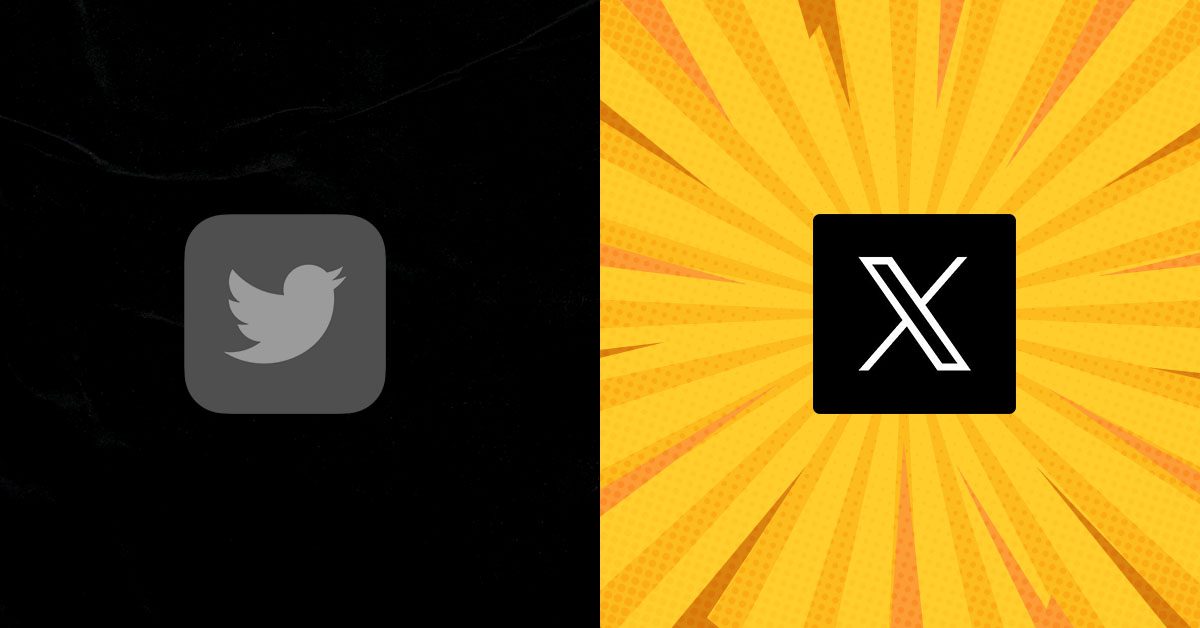
They said it wouldn’t happen, but here we are: Elon Musk has killed Twitter. Well, rebranded it.
Twitter is now simply X, and people both on and off the popular social platform are going, “Huh?” We’ll explore what the new branding means, how likely it is to stick, and what the reasoning behind it might be.
What happened to Twitter?
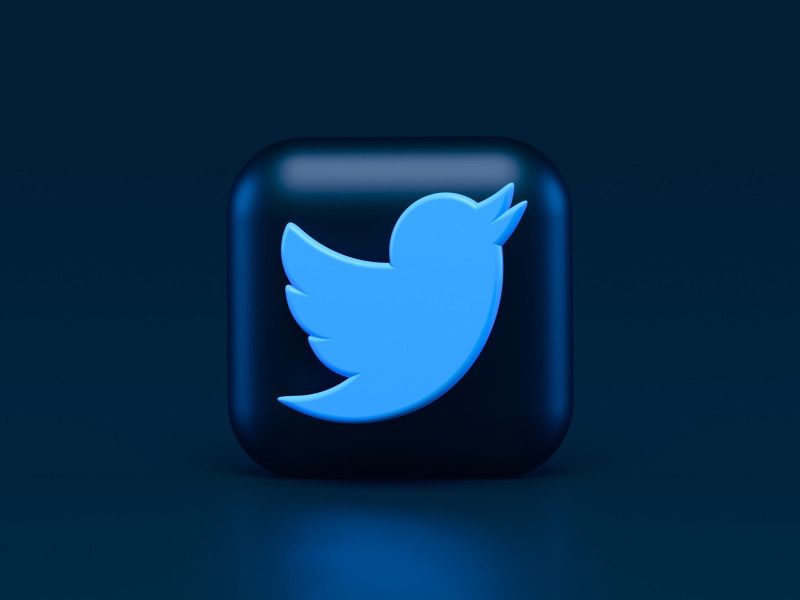
If you logged onto Twitter for the first time in a bit this week, you may have been hit with a shock. That iconic blue bird in the upper left has been replaced by a simple unicode character: 𝕏.
The announcement came suddenly, late at night on July 24th: Twitter was no more. The social network would now be called “X,” and gradually, all Twitter branding would be dropped, courtesy of executive chair Elon Musk.
Changing that upper right logo on Twitter for Desktop was easy—earlier this year, Musk replaced it with a doge meme. After that, Musk made x.com redirect to Twitter and changed all company profiles from “Twitter” to “X.” They actually had to buy the Twitter handle @X, which had been taken since 2007.
Is Twitter gone?
So far, a lot of X is still Twitter. The app is still Twitter, the URL is still twitter.com, and the old blue bird is still easy to find. Funny enough, if you open X without a login, you’ll see the X logo above an invitation to “Join Twitter today.”
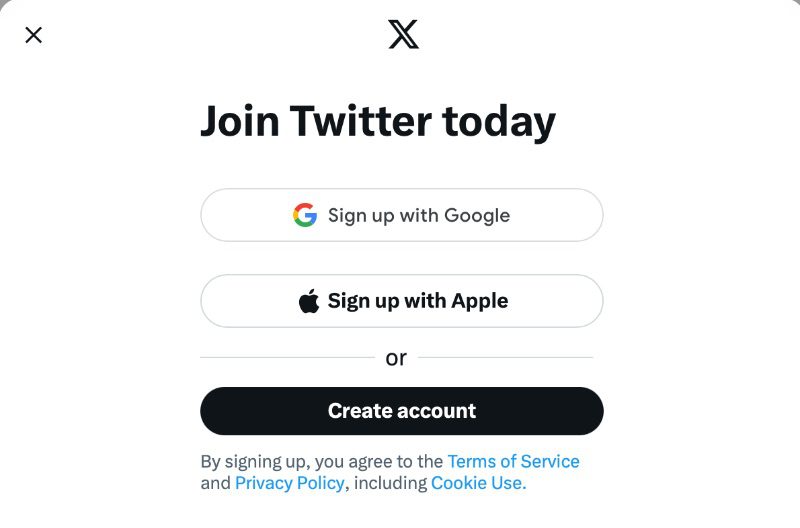
If this rebrand continues apace, it could be a few months before the Twitter branding is fully dropped. For some, the new name represents a new beginning. But some legacy users may take this as a sign that Twitter as they knew it is dead.
Why did Twitter rebrand?

According to X CEO Linda Yaccarino, the company hopes to move away from social networking and towards a much broader range of digital services. They want to turn Twitter into a space for media, marketing, messaging, banking, and more, all powered by AI.
How has Twitter branding changed over time?
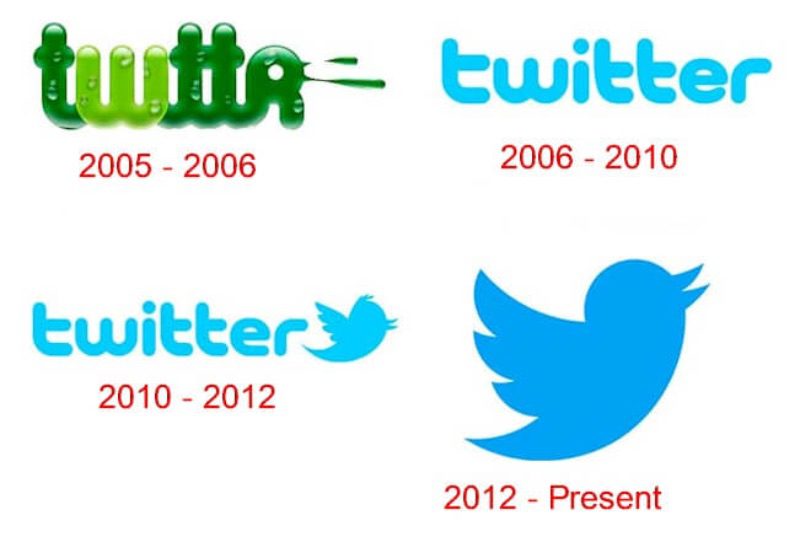
Up until now, Twitter has had some of the most consistent branding in all of social media. By the time it went public in 2006, it already had the light blue bird branding—and a lot of the same UI design we associate with it today.
In 2012, Twitter underwent their biggest rebrand. They dropped their wordmark and introduced a sleeker, more iconic version of their blue bird logo. Since then, Twitter branding went essentially unchanged for 11 years.
To put that into perspective, Twitter is essentially the only social network to keep its branding from the early ‘10s. Facebook, Instagram, and Pinterest have all rebranded since then; Foursquare and Google+, two of the era’s other heavy hitters, have gone under.
Through that lens, it might make sense for Musk, Yaccarino, and the rest of the Twitter team to feel that a refresh was necessary. On the other hand, Musk’s own history indicates something a little more personal.
Elon Musk’s history with the letter X
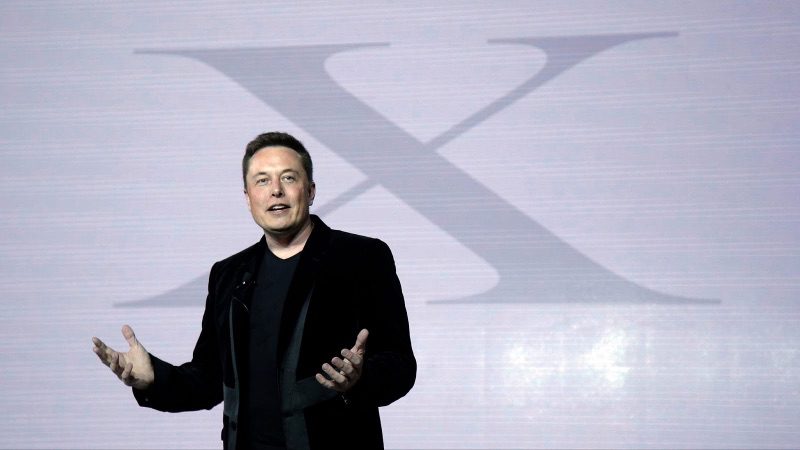
Let’s take it back to October 2022, before Twitter got bought out by Musk and back when it was, if nothing else, fairly reliable.
Musk was weeks away from closing the deal, after unsuccessfully trying to pull out of it. After much secrecy, he finally offered a cryptic insight into why he chose to buy the social network:
Buying Twitter is an accelerant to creating X, the everything app
— Elon Musk (@elonmusk) October 4, 2022
Let’s back it up even further, actually.
1999: Musk co-founds X.com
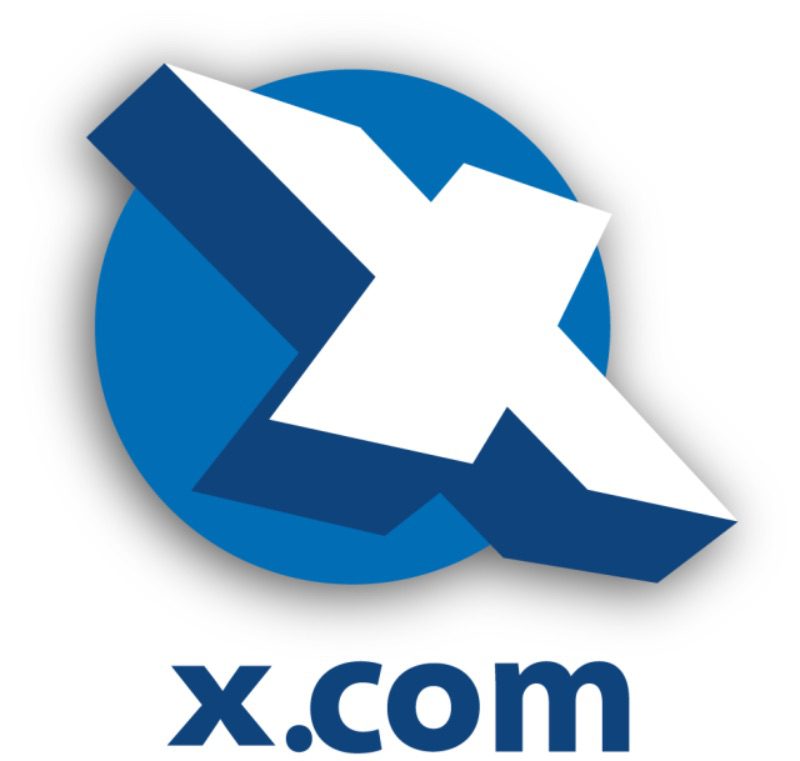
One of the most talked-about promises for the new Twitter is a banking hub. But that idea goes all the way back to the original x.com, an online bank founded by Musk in 1999.
The bank merged with its biggest competitor, Confinity, in 2000. Later that year, the board voted to replace Musk as CEO with Confinity co-founder Peter Thiel, while Musk was away on his honeymoon.
The next year, the company was renamed PayPal.
2002: SpaceX takes flight
Musk’s next endeavor was a space development project with the goal to reduce the costs of space travel and eventually colonize Mars. Its full name is the Space Exploration Technologies Corporation, but it’s commonly referred to as Space… X.
2017: Musk buys back X.com
Two years after releasing his Tesla Model X, Elon bought back the X.com domain from PayPal, citing its “great sentimental value.” As of this week, it now redirects to Twitter.
2020: Musk names his child X
Musk has had 10 kids with 4 partners, but the most notorious is his bizarre romance with indie pop star Grimes. Their child, born in 2020, is infamously named X Æ A-12, but referred to by both parents as X.
2023: Twitter, Inc. becomes X Corp.
Months prior to rebranding Twitter as X, Musk brought the social network under a new business, X Corp., announcing that the Twitter company “no longer exists.”
Is the Twitter rebrand good or bad?
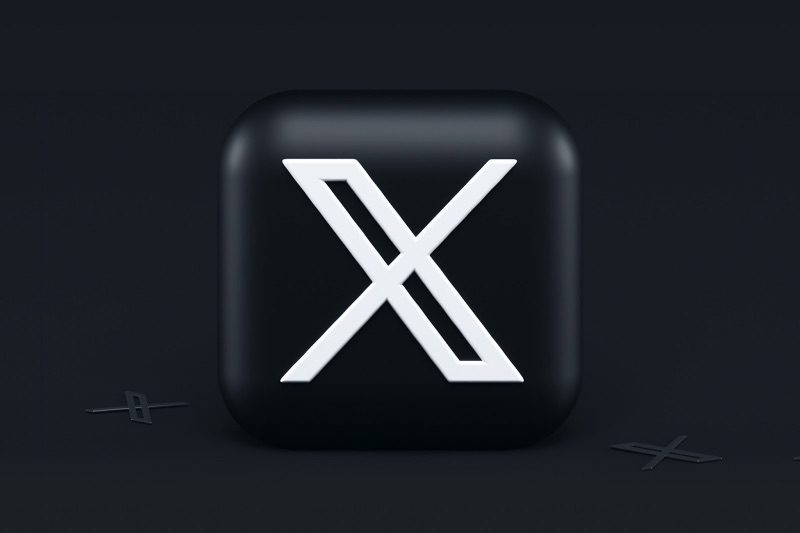
That’s a matter of personal opinion, but there’s certainly plenty of reasons to be skeptical. Here’s some pros and cons:
Pros of the Twitter rebrand
A fresh start: Clearly, Musk’s plan for Twitter for at least the past year has been to use it as a launchpad for his “everything app.” If the plan is to roll out new, useful tech to Twitter’s large user base, it could turn out positive in the long run.
Twitter’s baggage: Like most of Silicon Valley, Twitter’s rep has soured in the past decade. Even before Musk took over, it became synonymous with toxic discourse, fake news, and harassment. While Musk’s constant changes didn’t help matters, they’re another reason why a brand refresh might be necessary. Facebook doesn’t want to be Facebook anymore, why should Twitter want to be Twitter?
Thinking bigger: When Tucker Carlson took to Twitter, he quickly fell off the map. The fact is, people don’t see Twitter as a place for long-form video. Musk clearly hopes to change that, and maybe abandoning Twitter’s rep for 280-character microblogging is the way to do it.
Cons of the Twitter rebrand
Twitter’s old branding is iconic: Twitter never had the biggest user base, but its cultural cache was undeniable. After making Twitter more toxic—and more annoying—many would argue that the only value it had left was its brand name. Musk’s $44 billion investment was already bleeding cash, and now it’s shed its tremendous brand recognition on purpose?
Pushing users away: A rebrand can be a fresh start for a brand when it’s accompanied by new offerings, but all this one does is encourage legacy users to jump ship. Twitter’s dead, now you’re hanging around on Elon’s pet project. That’ll be eight dollars.
Poor concept: We’re getting into opinions here, but let’s be real. Remember when U2 put their album on everyone’s phone? Now, Elon is foisting his “everything app” on Twitter’s user base. No one asked for it, it’s a 12-year-old’s idea of a cool app, and if it goes as smoothly as the other recent changes at Twitter, it’s dead on arrival.
Why do companies rebrand?
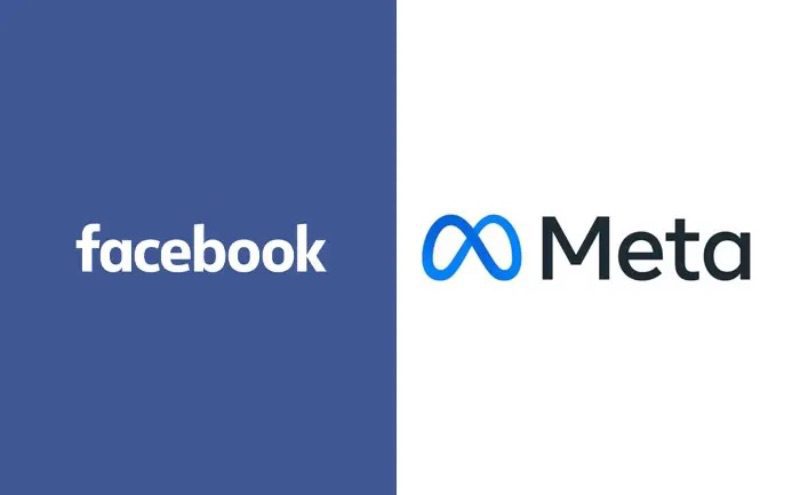
Branding is an important element of any company. Whether you use an in-house team or outside help, keeping your brand consistent across channels is key to business growth.
At Owners Mag, we rely on Penji, a subscription-based graphic design service, to keep our branding fresh.
Growing companies often rebrand when they plan to reach a broader audience or expand their offerings. As they scale, they may be able to afford higher-end branding, or have a greater need for brand consistency.
When a major company like Facebook or Twitter rebrands, it’s a dangerous game. Customers know these brands well, and they often react negatively to changes—even minor ones. So, why do they do it?
- Shifting focus: If a brand wants to change its identity, changing their visuals can help. This can reflect new values, new services, or changes in company structure. It’s the stated reason for the Twitter rebrand; they want to move away from microblogging and towards an “everything app.”
- Reputation control: This is another potential reason for Twitter’s rebrand. When a company develops an extremely negative reputation, it may change its name and branding to help lighten it. In 2003, infamous tobacco company Philip Morris rebranded as Altria.
- Modernizing: Ever notice how logos have gotten flatter and simpler over time? Consumer brands will make more subtle changes to their logo & branding to reflect changing aesthetics of the time. Many companies changed their branding in the mid-’10s to be more legible in different screen formats.
- Growing (or shrinking): Expanded to a new market? Dropped a major product line? Got bought out by another company? Any fundamental changes are often seen as a chance to rebrand, even if you’re not changing your values.
- Change for change’s sake: Not the most satisfying answer, but it’s true: companies often change their branding for no particular reason. Put yourself in the shoes of a new executive at a major brand. It’s had the same logo for decades now. Wouldn’t you be tempted to try something new?
From what we know, the Twitter rebrand seems to be a deliberate and planned choice. It reflects the platform’s desire to be much more than a space for short text posts.
The problem is, they haven’t introduced many of these promised features yet. For free users, Twitter doesn’t offer anything it didn’t offer a year ago; it just has a dull, forgettable new logo.
You may like
Business
Top 10 Video Marketing Agencies You Must Check Out in 2026
Published
4 days agoon
December 19, 2025
If you’ve been following the latest marketing trends, you would know that video marketing is popular. Factors like lower costs, the availability of video platforms, and the rise of social media influencers helped change how consumers interact with video content. Read on to learn the best video marketing agency to help you leverage the power of video.
1. Vireo Video
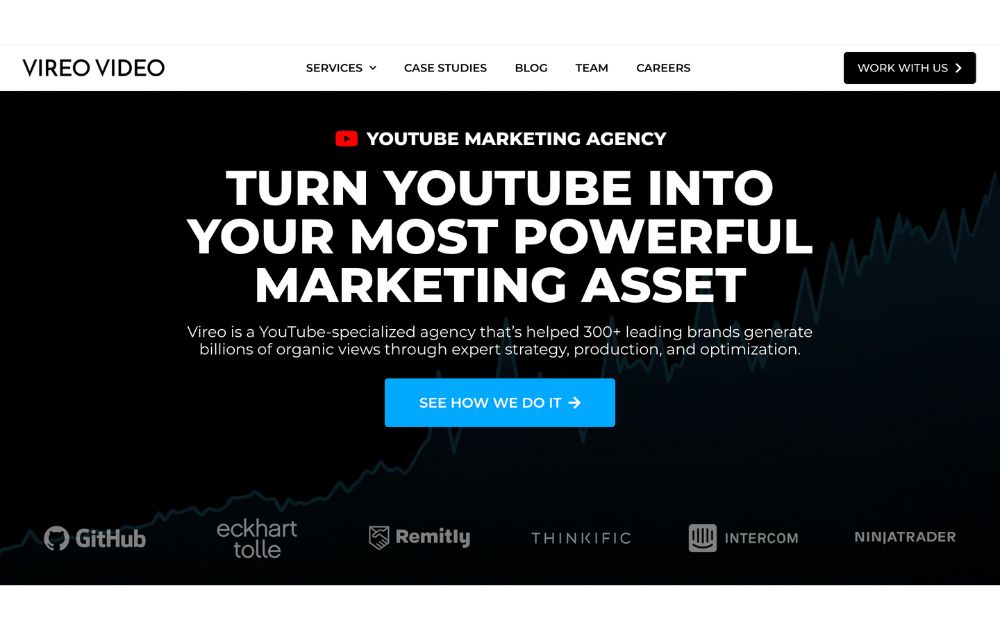
If you need an expert in Youtube marketing, be sure to check the features of Vireo Video. The platform specializes in Youtube marketing and offers various video-related services, such as Youtube content strategy, SEO, and advertising.
Vireo Video is trusted by brands and influencers like bestselling author Eckhart Tolle. Vireo assisted in the optimization of his videos and helped grow his YouTube channel. As a result, his channel has 250 million views and 1.6 million new subscribers.
Key Services:
- Influencer marketing
- Video optimization
- Targeted YouTube advertising placements
- Strategy development
2. NinjaPromo
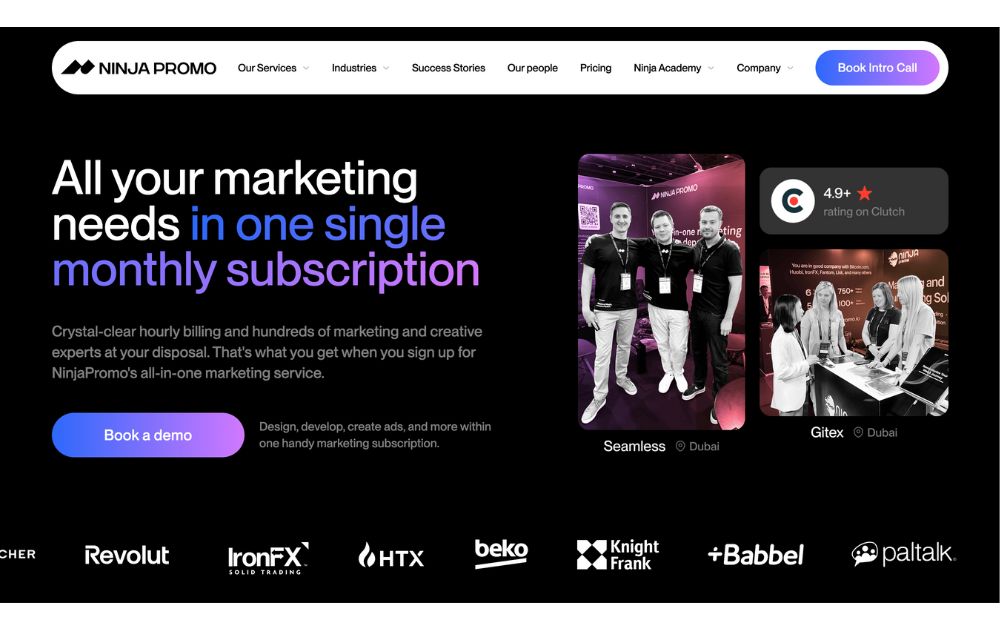
Video marketing is one of the many services offered by the digital marketing agency NinjaPromo. If you’re looking for a perfect partner to assist you in reaching your desired audience quickly, NinjaPromo is one of the best agencies to work with. The company can help you create creative, engaging, and practical videos to promote your brand and increase your online presence.
Key Services:
- Video Production
- Consultation
- SEO optimization
- Explainer videos
- Event and product videos
- Tutorials
3. Moburst
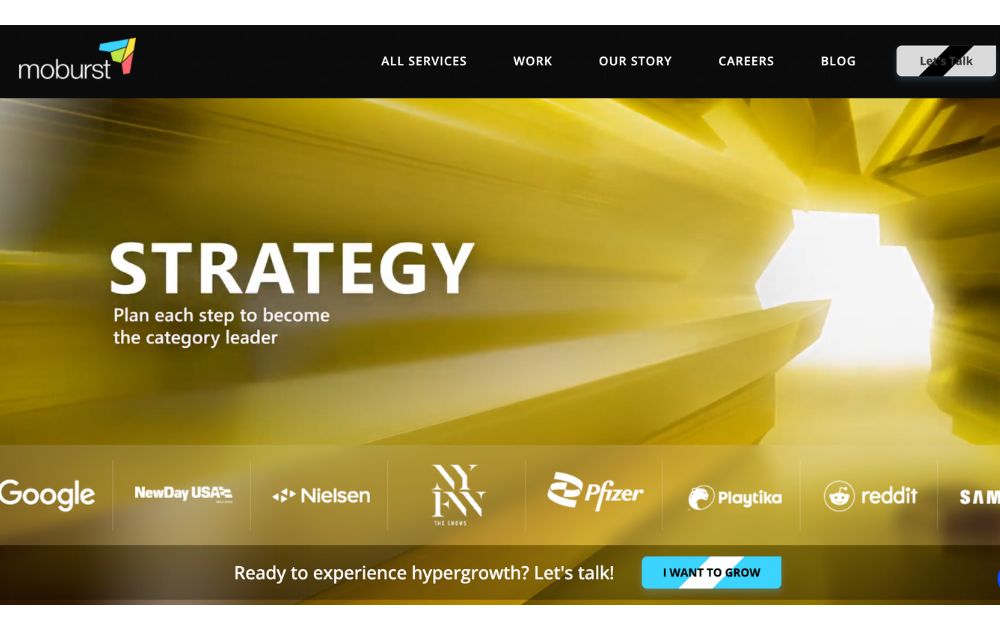
Moburst is a mobile and digital marketing agency that specializes in helping businesses grow their mobile apps. They offer different services to enable enterprises to improve their mobile app performance and increase user engagement. One of its clients is Samsung, which Moburst helped achieve +1,400% growth from downloads to social.
Key Services:
- App Store Optimization
- Video production
- Mobile User Acquisition
- Mobile App Analytics
- Mobile App Design and Development
- Mobile App Retargeting
4. Voy Media
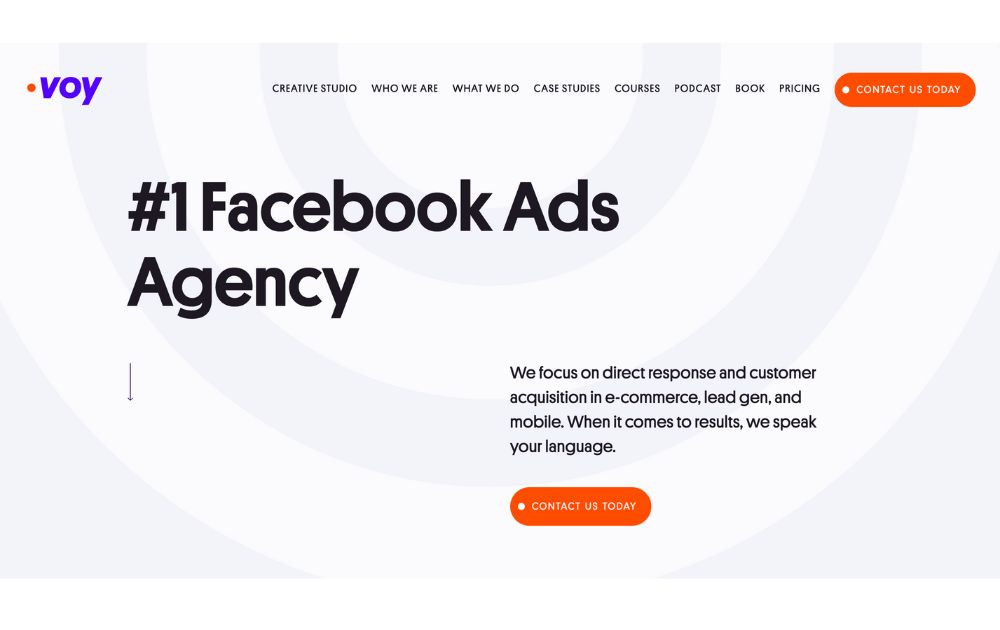
Trusted by big brands like Lacoste, Voy Media is a full-service agency offering various marketing and creative services. Their services are designed to help businesses grow their brand. Likewise, the agency helps them generate leads and increase conversions through social media platforms. Voy Media also ensures its clients receive the necessary support by assigning a dedicated account manager.
Key Services:
- Video editing and production
- Product and lifestyle photography
- Graphic design and illustration
- Full studio production with talent and script
5. Pop Video
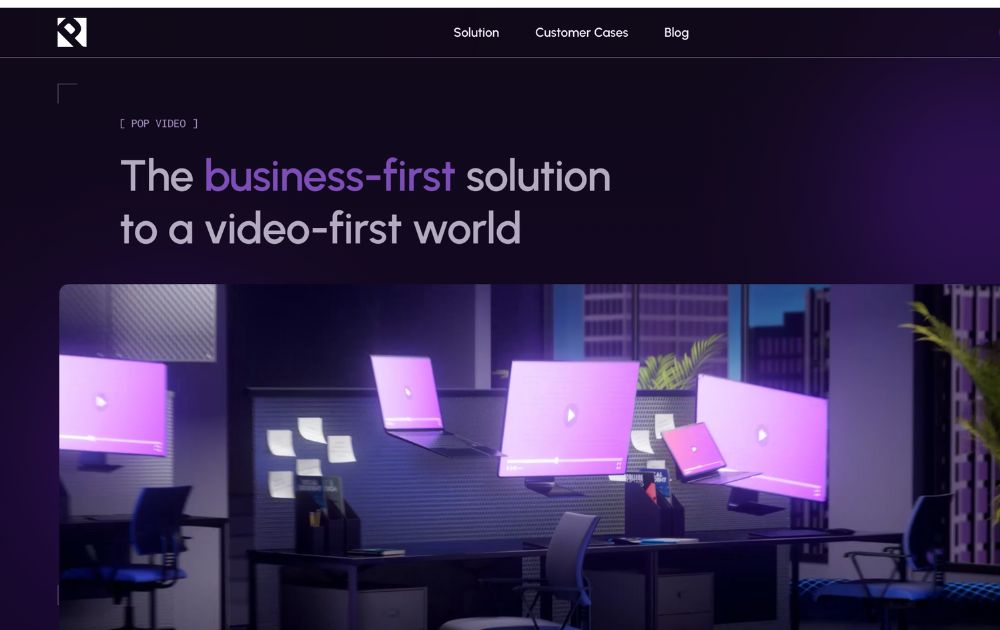
Pop Video was established in 2010 in Houston, Texas. They describe themselves as a business-first solution for a video-first world. Pop Video has a team of visual content creators with a specialization in video production and visual content marketing.
The agency has worked with various clients across different industries, including healthcare, technology, retail, and finance. Some of its notable clients include Microsoft, Adidas, and Coca-Cola.
In addition to its core video production services, Pop Video provides consulting and training services to help businesses develop their video marketing strategies and produce their video content in-house.
Key Services:
- Video Marketing
- Video production
- Animation
- Content creation
- Social media optimization
6. Epipheo
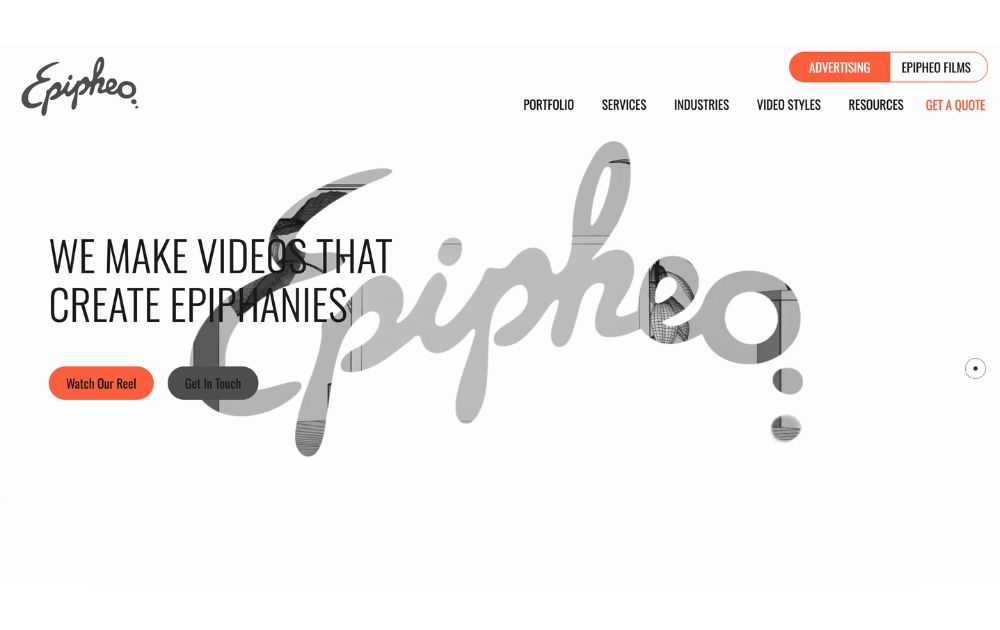
If you need help with educational videos, explore the services of Epipheo. Epipheo is a video marketing agency that creates animated explainer videos and other visual content to assist companies, organizations, and individuals in connecting with their audience effectively.
Key Services:
- Social video ads
- Storytelling testimonial videos
- Animated explainer videos
- Live action videos
- Strategy and consulting
7. Early Light Media
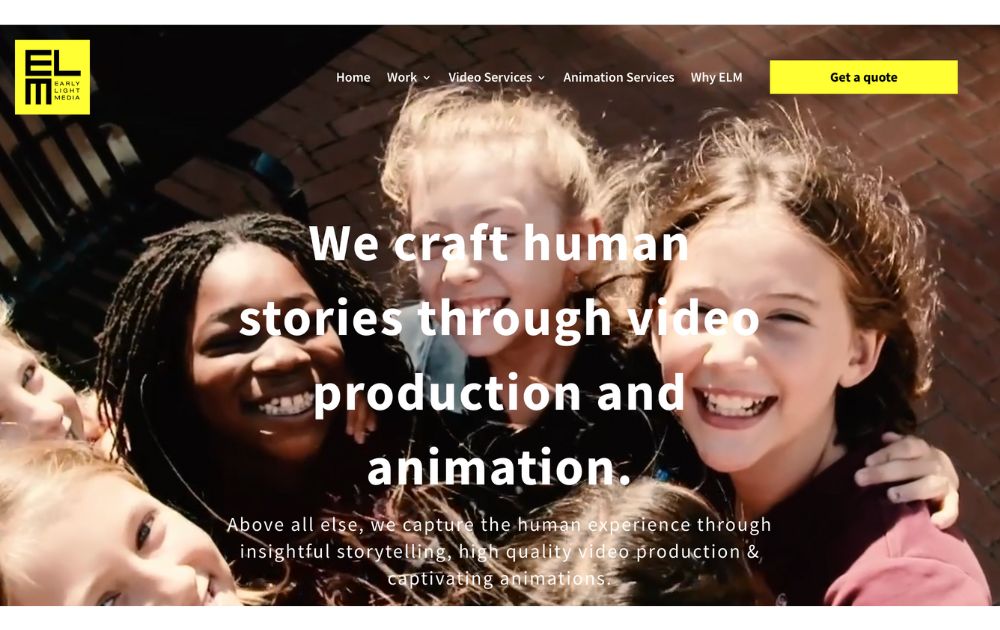
Early Light Video is a full-service video production company that creates high-quality video content for businesses, nonprofits, and individuals. The agency is known for delivering top-notch video content that meets its clients’ needs. It was founded in 2013 by a team of Emmy Award-winning creative directors, with offices in Baltimore and Washington, DC.
Key Services:
- Video production
- Post-production
- Animation
- Voice-over casting
- Music Licensing
8. Indigo Productions
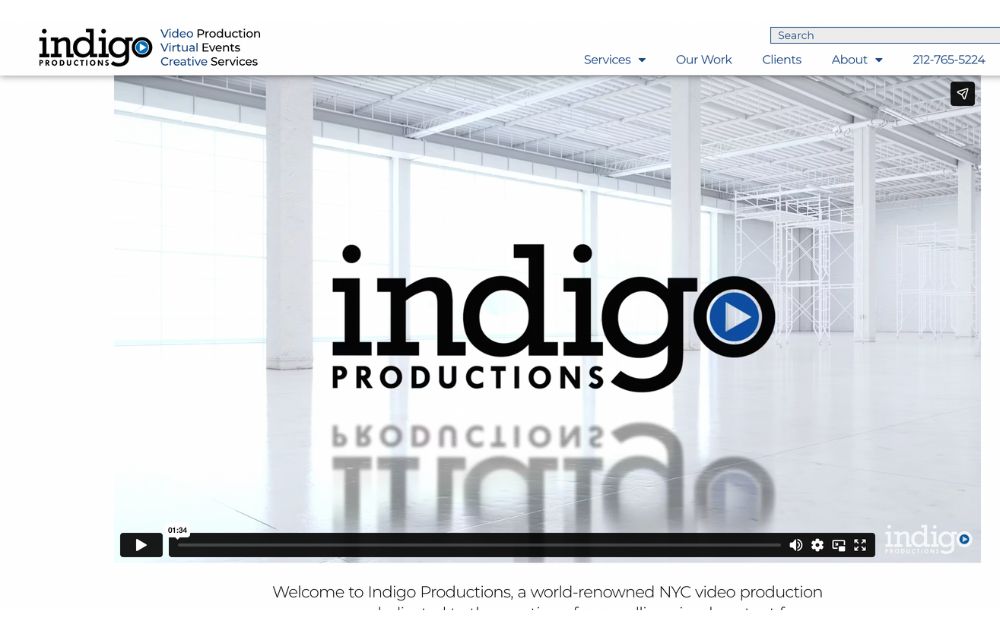
Indigo Productions is a full-service video production company based in New York City. They specialize in creating high-quality videos for corporate clients, advertising agencies, and individuals. Their team of scriptwriters, directors, producers, hair and make-up artists, and location scouts will handle all the logistics.
Key Services:
- Promo videos
- Web commercials
- Music videos
- Movie trailers
- Documentaries
9. LAI Video
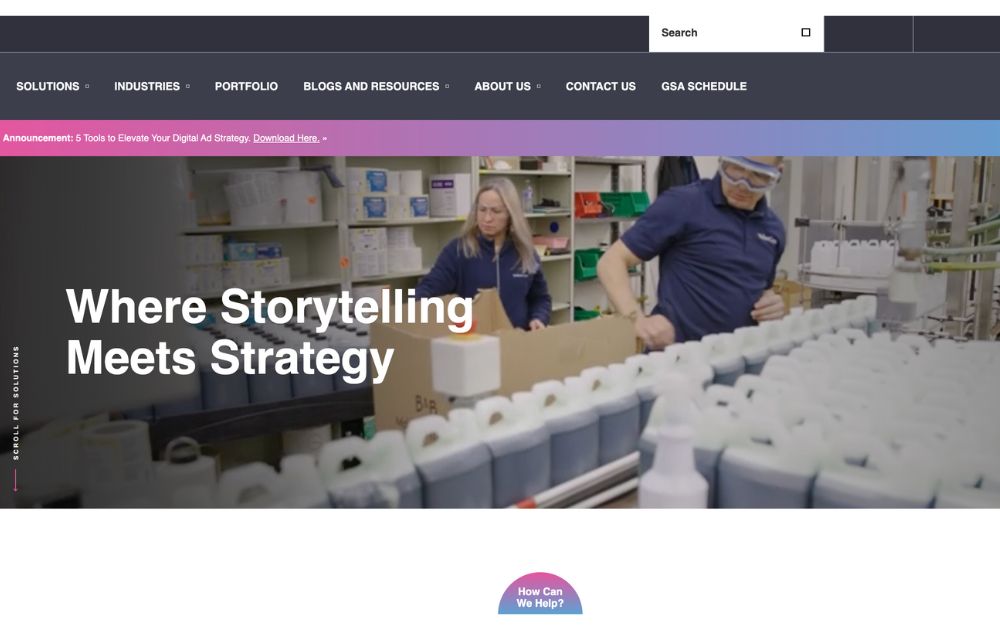
LAI Video is a Washington, DC-based boutique video production company specializing in creating visual stories that inspire and engage audiences. The company was established in 2013 and has become a leading video production agency in the DC metro area.
LAI Video has worked with various clients, including National Geographic, The World Bank, Georgetown University, and The Smithsonian Institution. Their skilled team of filmmakers, animators, editors, and producers works closely with clients to ensure that each video project meets their specific goals and objectives.
Key Services:
- Corporate videos and commercials
- Video communication campaigns
- Branding
- Video animation
- Marketing storytelling
10. SparkHouse
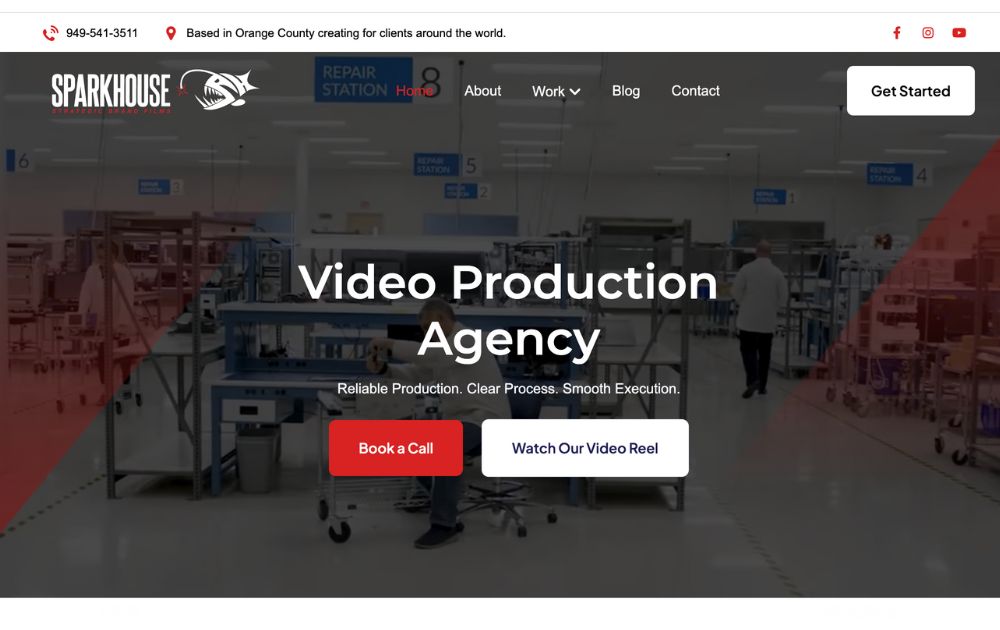
SparkHouse is a video production company based in Minneapolis, Minnesota, specializing in creating high-quality video content for businesses and organizations. The company was founded in 2013 by filmmakers and storytellers passionate about creating visually stunning and emotionally compelling videos.
SparkHouse has worked with various clients, including Target, 3M, Best Buy, and General Mills. Their talented filmmakers, animators, writers, and producers work closely with clients to ensure each video project is customized to their unique needs and objectives.
Key Services:
- Brand Videos
- Corporate Videos
- Animation
- Event Videos
- Social Media Videos
- Documentary Films
Which Types of Videos Do You Get from a Video Marketing Agency?
A video marketing agency typically provides various video types, each with a specific purpose and target audience. Below are the common types of videos you can request from a video marketing agency.
- Brand videos
- Explainer videos
- Corporate videos
- Testimonial videos
- Social media videos
- Live stream videos
- Case studies
- Reviews
- Tutorials
Conclusion
Video marketing is essential for businesses looking to engage their audience, build brand awareness, and drive conversions. That said, the competition will only continue to grow, making working with a reliable video marketing agency more critical than ever.
Featured Image Credit: Photo by fauxels from Pexels

TLDR: Penji is unlimited graphic design for a flat fee; Colab is digital transformation focused on brand storytelling; Jacob Tyler is a full-service brand strategy powerhouse; Micro1 is AI-powered engineering and tech design.
Did you know that California’s creative economy is worth more than $500 billion to the state’s economy? That’s a lot of creative minds at work!
The search for the best design agency in Los Angeles can be quite daunting. After all, 1 in 6 people in L.A. work in a creative field. It’s no surprise there are thousands of candidates that would be an ideal extension of your dream team.
If your business requires a rebrand or continuous graphic design efforts you can rely upon day in and day out, then finding the right design agency will help your business thrive. You need more than just a creator, you need someone to bring your vision to life.
To ease your research, here are the top four contenders as the best graphic design agency in Los Angeles.
1. Penji
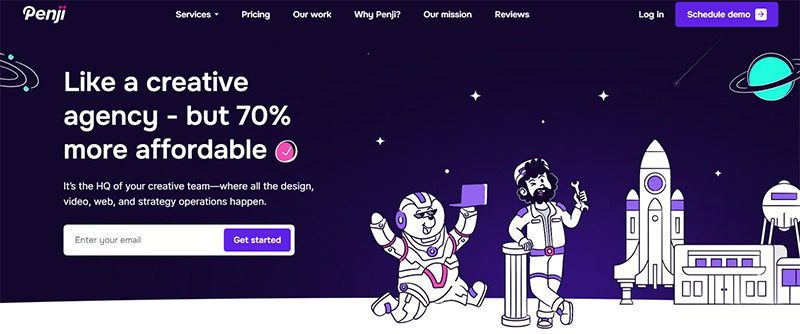
The future of design has arrived. Seeking a design service upon demand? Penji is your new graphic design service that acts as an extension of your team.
No hidden costs, no missed deadlines and For a monthly flat-fee subscription service, you will have access to the top 2% of designers in the world with little more than a submission request for us to take it from there!
This is perfect for marketers or agencies seeking cohesive quality over hiring needs.
Pros:
- Unlimited Revisions: We keep refining until you are 100% happy.
- Flat Monthly Rate: No surprise fees or hourly billing.
- Fast Turnaround: Most drafts are delivered within 24-48 hours.
- Vetted Talent: We hire the top 2% of designers, so you don’t have to vet freelancers.
Cons:
- Subscription-based: This model is best for those with ongoing design needs rather than one-off projects.
2. Colab

When it comes to a design as a service partner with digital transformation as its focus, Colab is the place to be.
A location-based agency that takes a data-led transformational, story-driven approach to seamless UX, Colab is where brands/agencies should go when seeking to merge strategy creation/implementation through execution from start to finish—especially with websites that merge look/functionality with success.
Pros:
- Strategic Focus: They rely heavily on data to drive design decisions.
- Local Expertise: A deep understanding of the LA market.
- Full-Service: They handle everything from the backend code to the frontend visuals.
Cons:
- Higher Cost: As a traditional agency, their project fees will be significantly higher than a subscription model.
- Timeline: Large-scale digital transformation projects can take months to complete.
3. Jacob Tyler
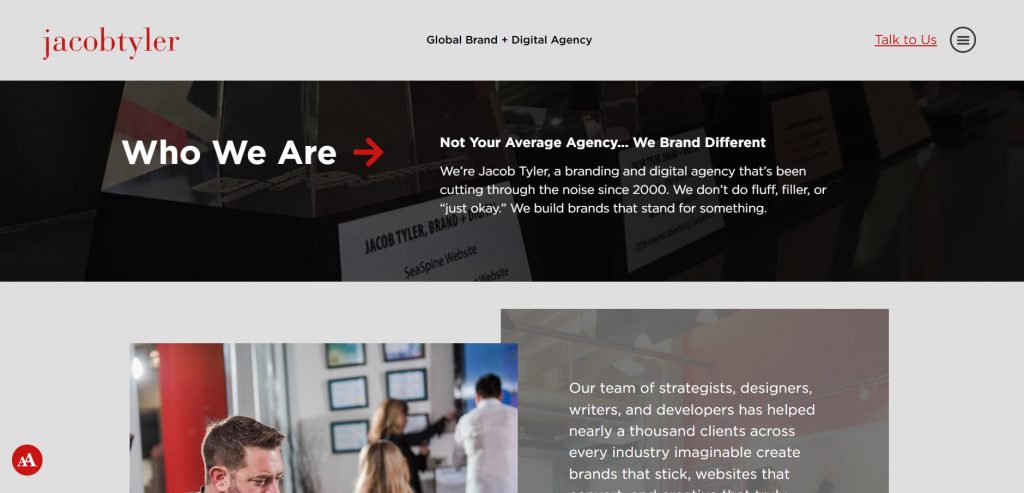
For nearly 20 years, Jacob Tyler has existed in the California Brand Design Agency game as a powerhouse. This full-service digital communications agency will trim the fat from your ultimate brand strategy to hone in on what you truly need moving forward.
If you’re looking for a major professional facelift with omni-channel marketing and integrated deep brand strategy, Jacob Tyler is a heavyweight brand—literally!—who’s worked with everyone from startups to credit unions!
Pros:
- Experience: Over 20 years of experience in the industry.
- Comprehensive: They can handle your entire marketing funnel, not just the design.
- Award-Winning: A strong portfolio of successful, high-profile campaigns.
Cons:
- Project Minimums: They typically work with project budgets starting at $10k+, which may price out smaller startups.
- Complexity: Their comprehensive approach might be overkill if you just need graphic design execution.
4. Micro1

Micro1 takes creative human design efforts and merges them with AI functionality. As a critical graphic design agency, they use artificial intelligence for beauty and brains on websites/apps like never seen before!
Micro1 builds engineering teams behind major apps (think Tinder, Uber…) so if you’re a tech-based startup in need of cutting edge product development based on extraordinary UX/UI look no further!
Pros:
- Tech-Forward: Ideal for SaaS and app-based companies.
- AI Integration: Uses AI to enhance efficiency and speed.
- Scalable: Great for ambitious startups looking to grow their engineering and design capabilities simultaneously.
Cons:
- Niche Focus: They are heavily focused on product and app development, rather than general marketing graphics.
- Development Heavy: If you don’t need coding or software engineering, their full suite of services might not apply to you.
Credit for Cover image: Photo by Mikael Blomkvist on Pexels
Business
What’s the Best Graphic Design Service for Ongoing Marketing?
Published
5 days agoon
December 17, 2025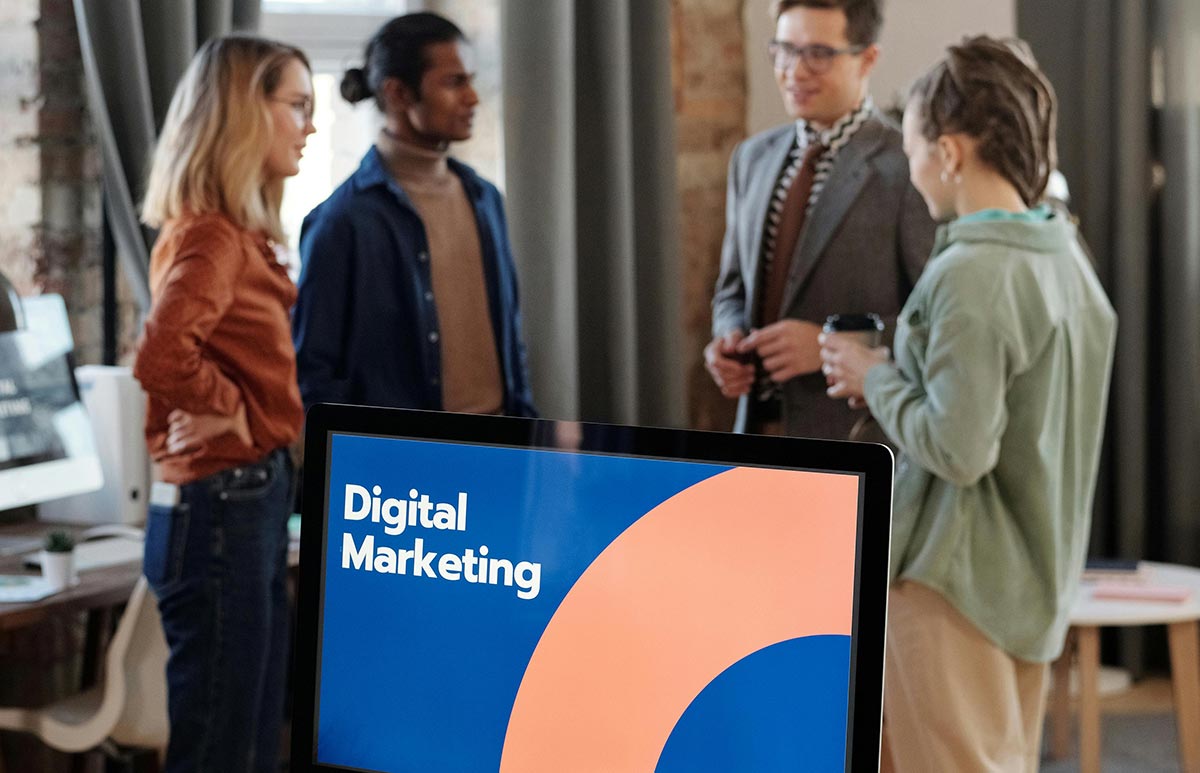
One constant part of managing a business is marketing: it’s a never-ending process. So, if you need a steady supply of social media posts, ad campaigns, and other visuals, you need to work with a reliable graphic design subscription service. Here are our top five:
1. Penji

Who doesn’t want unlimited graphic design for a fixed monthly fee? Penji offers plans with unlimited revisions, access to a team of design experts, fast turnaround times, and cost-effective pricing. This is the best option for business owners, marketers, agencies, and internal teams to get social media graphics, custom illustrations, logos, web and app designs, and many more.
2. Flocksy
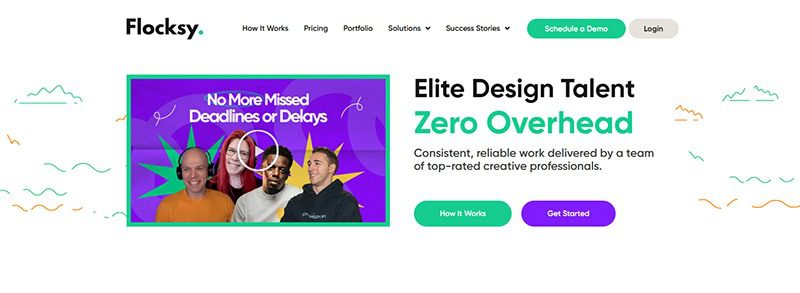
Next, having a dedicated team of creatives without worrying about overhead expenses makes Flocksy an excellent design solution for marketers. Like Penji, it offers flat-rate pricing that’s predictable and suitable for businesses of all sizes. It provides graphic design services, video editing, motion graphics, and more.
3. Designity
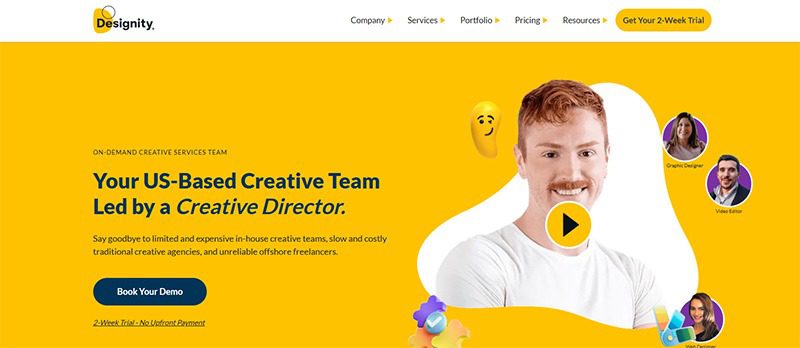
Offering you the guidance of a US-based creative director, Designity is a graphic design service platform that’s ideal for modern businesses. It can provide you with a wide range of services, including motion graphics, videos, digital ads, social media graphics, and mobile app design and coding, among others.
4. ManyPixels

With a fast turnaround time for their unlimited design requests, ManyPixels is another reliable creative service platform for marketers. It provides ongoing support for your marketing efforts, including branding, illustrations, social media posts, print design, and video editing, to name a few.
5. Superside
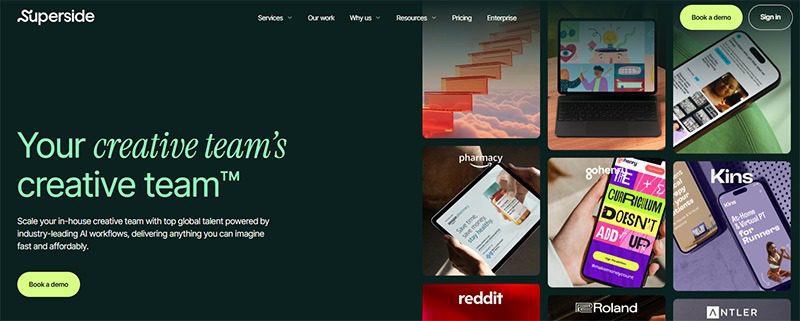
Another creative-as-a-service platform, Superside, suits every size business and marketing team. It is ideal for those with high-volume design needs and a larger enterprise marketing network. You can get a wide array of graphic design services, including ad creatives, branding services, illustrations, and even eBooks and report designs.
Wie Wildz Casino Zufall in messbare Chancen verwandelt
Play frank casino bonus code
Die Wissenschaft des klugen Spiels bei Wildz Casino
Richard casino sign up bonus
Xrp casino coin
King s casino live stream heute
Wild joker casino no deposit bonus codes

Top 10 Presentation Software To Use in 2026

Top 10 Video Marketing Agencies You Must Check Out in 2026

Top 10 Social Media Scheduler Apps to Automate Your Postings

How Marketing Optimization Tools Level Up Your Marketing Game

The Top 8 Webinar Platforms For Your Next Virtual Event or Demo

What’s the Best Unlimited Graphic Design Subscription Platform?

What’s the Best Graphic Design Service for Long-Term Projects
Trending
- Business4 days ago
Top 10 Video Marketing Agencies You Must Check Out in 2026
- Technology4 days ago
The Top 8 Webinar Platforms For Your Next Virtual Event or Demo
- Business5 days ago
What’s the Best Graphic Design Service for Ongoing Marketing?
- Business5 days ago
What’s the Best Design Agency in Los Angeles?
- impressariocasino5 days ago
Th me tenue casino femme
- instantcasino5 days ago
Casino royal mottoparty
- juliuscasino4 days ago
Daniel craig casino royal
- Uncategorized5 days ago
Casino verde login
- icefishinggame4 days ago
Casino nikolsburg erfahrungen
- Uncategorized4 days ago
Bizzo casino deposit bonus






